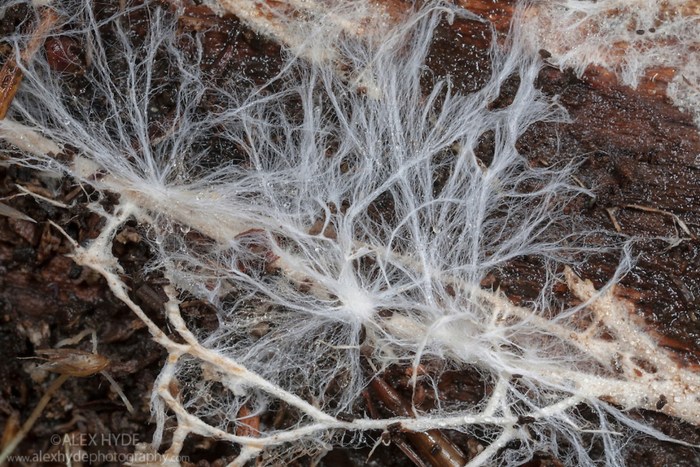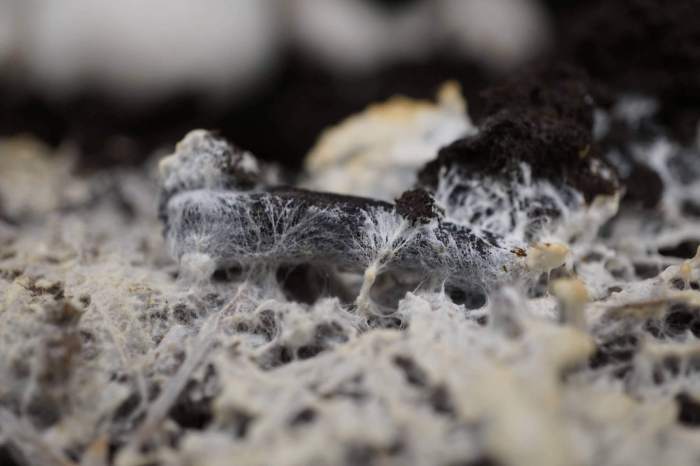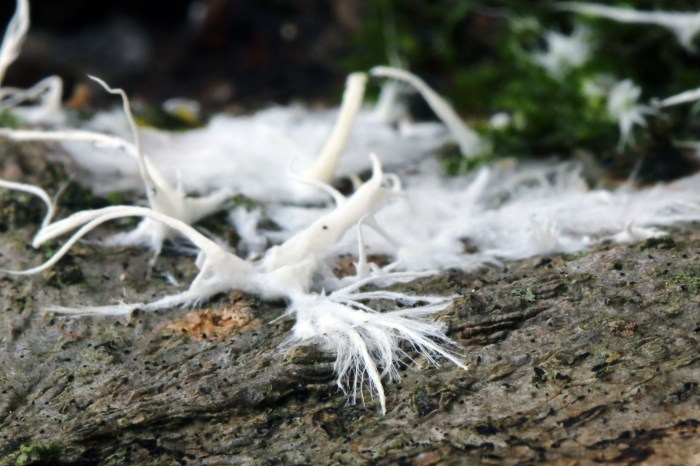Stuff in exoskeleton and fungi crossword clue – The crossword clue “stuff in exoskeleton and fungi” sets the stage for this enthralling narrative, offering readers a glimpse into a story that is rich in detail and brimming with originality from the outset.
This comprehensive guide delves into the diverse materials that comprise exoskeletons in various organisms, exploring their unique properties and functions in relation to exoskeleton structure and protection. Additionally, it examines the composition and significance of materials found in fungal exoskeletons, highlighting their role in the growth and survival of fungi.
Types of Stuff in Exoskeletons

Exoskeletons, the external protective coverings found in various organisms, are composed of diverse materials that contribute to their structure and functionality. These materials include:
Chitin
- A polysaccharide found in the exoskeletons of arthropods, such as insects, crustaceans, and arachnids.
- Provides rigidity, strength, and flexibility.
Calcium Carbonate
- A mineral found in the exoskeletons of mollusks, such as snails, clams, and oysters.
- Provides hardness and protection against predators.
Silica
- A mineral found in the exoskeletons of diatoms, single-celled algae.
- Provides rigidity and protection against physical damage.
Protein
- Found in the exoskeletons of insects, such as beetles and ants.
- Provides strength, flexibility, and water resistance.
Functions of Stuff in Exoskeletons
The materials found in exoskeletons serve various functions:
Protection
- Exoskeletons provide a physical barrier against predators, pathogens, and environmental hazards.
Movement
- Muscles attach to the exoskeleton, enabling movement and locomotion.
Support
- Exoskeletons provide structural support, allowing organisms to maintain their body shape and posture.
Stuff in Fungal Exoskeletons

Fungi possess cell walls that act as exoskeletons. These cell walls are composed of:
Chitin
- Provides rigidity and protection.
Glucans
- Polysaccharides that provide flexibility and water resistance.
Mannan
- A polysaccharide that contributes to cell wall integrity.
Comparison of Stuff in Exoskeletons and Fungal Cell Walls: Stuff In Exoskeleton And Fungi Crossword Clue

Exoskeletons and fungal cell walls share some common materials, such as chitin. However, they differ in their overall composition and structure:
Composition
- Exoskeletons contain a wider variety of materials, including minerals like calcium carbonate and silica.
- Fungal cell walls are primarily composed of polysaccharides.
Structure
- Exoskeletons are typically thicker and more rigid than fungal cell walls.
- Fungal cell walls are more flexible and permeable.
Applications of Stuff in Exoskeletons and Fungi
The materials found in exoskeletons and fungi have potential applications in various fields:
Engineering
- Chitin-based materials for lightweight and durable composites.
- Silica-based materials for optical applications.
Medicine
- Antimicrobial properties of fungal cell wall components.
- Chitin-based scaffolds for tissue engineering.
Biotechnology, Stuff in exoskeleton and fungi crossword clue
- Production of biofuels from fungal biomass.
- Development of chitin-based biomaterials.
FAQ Compilation
What are the different types of materials found in exoskeletons?
Exoskeletons can be composed of various materials, including chitin, calcium carbonate, and proteins such as collagen and resilin.
How do the materials in fungal exoskeletons differ from those in exoskeletons?
Fungal exoskeletons are primarily composed of chitin, while exoskeletons in other organisms may contain a wider range of materials.
What are the potential applications of the materials found in exoskeletons and fungi?
These materials have potential applications in fields such as engineering, medicine, and biotechnology, including the development of lightweight and durable materials, medical implants, and bio-based products.
